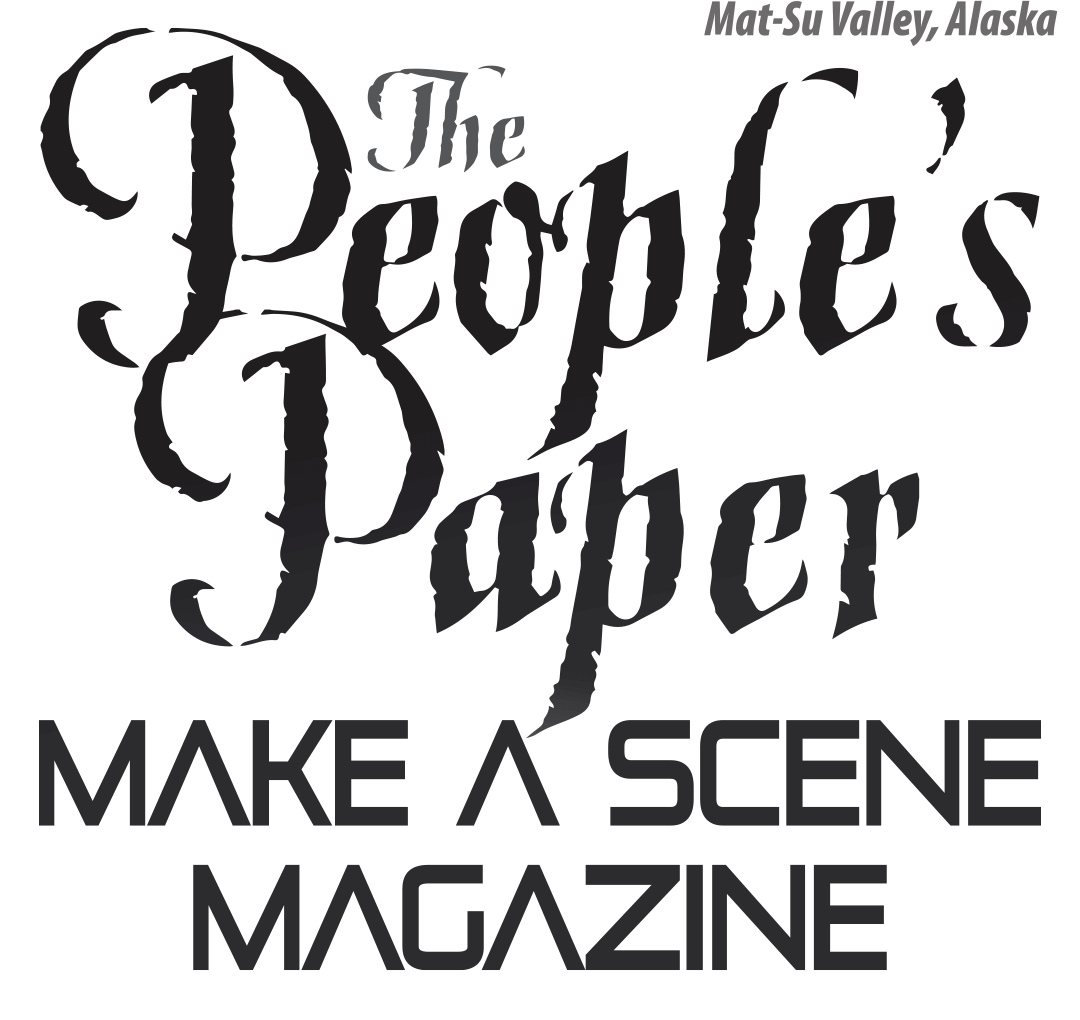Glacier Travel in Alaska
Contributed by Debra McGhan
“It’s absolutely not safe to ride your snowmachine on glaciers,” says Jim Whisman, a self-described explorer and life-long Alaskan. “But I’ve been doing it for more than 20-years and here’s why.” Handing over his phone displaying a breathtaking photograph of spectacular snowfields rimmed by rugged mountains and brilliant blue ice, it’s easy to see the draw. “I’m still alive,” Whisman points out, “so it can be done safely. But you gotta learn how before you even try this. And you gotta follow the rules. Rule number one, you stay in the tracks of your guide until they tell you otherwise. No exceptions. Not ever.”
Too many riders have learned this lesson the hard way, including Whisman. Even just a few feet off course have meant death for those who have fallen into crevasses or moulins (cracks or icy drain holes in a glacier that can be hundreds of feet deep).
Mike Buck, Executive Director of Alaska Safe Riders, agrees. “You need to go with a very experienced person and do some scouting by doing a visual flyover in the fall or use Google Earth or other quality satellite images to find the safest route possible. Because there are really not many other ways to reduce the risk in any significant manner. After a helicopter scouting trip to Eureka with a pilot friend of mine from Valdez, the crevasse dangers that we saw made him vow to never ride across the route again. Tracks are not always an indicator that the route is safe unless they are put in by a very experienced route finder, just like tracks on an avalanche slope don’t indicate safety, the second machine across a weak crevasse snow bridge can be the one that breaks through.”
Mountaineers use ropes, harnesses, crampons, and ice picks when they travel on glaciers. If you’re on a snow machine it’s a whole different game. “You could literally be playing Russian Roulette,” said Buck. “So, while we teach glacier travel techniques to help minimize the risks, it’s not something we recommend you should ever try without training, the proper gear, and an experienced team.
Whisman, now closing in on 70, has driven close to five million miles around Alaska since 1971 either by long-haul big rig, snowmachine, ATV or motorcycle. He’s flown even more miles. “If the wheels ain’t turning, you ain’t earning,” he used to say with an infectious laugh.
In all the years he’s been riding the glaciers in the Chugach around Whittier, Grand View, Seward, Turnagain and beyond, he’s had only one accident. “That was my own damn fault,” he readily admits. “I moved over about 50 feet off the track and was tooling along when all of a sudden, I see this roll over and realize there’s a hole. I couldn’t stop so I punched the throttle and stuck my machine into the bank on the opposite side. “I jumped off my sled and I’m standing there waving my arms trying to stop everyone else following but they couldn’t see me until it was too late. “First my son goes in, then my wife bails as her machine sticks on the rim. But then our friend goes in on top of my son.
Fortunately, our boy landed on a shelf about 25 feet down and was able to jump out of the way, but our friend’s hand got pinned between the two machines and shattered into about 40 pieces.” Whisman said he felt sick because he couldn’t see into the hole and had no idea how big it was or even if they had survived the fall. “I’m just thinking, I gotta get down there and get them out.” But first his wife’s machine, which hung precariously on the rim of the crevasse, needed to be pulled out of the way. “There was a lot to deal with,” he says, recalling the incident. Whisman’s story ended with no lives lost but a huge reminder that glacier riding, no matter how many years you may have done it, is a high-risk activity that can never be taken lightly. “If you want to experience glacier riding,” said Whisman, “make sure you go with someone that knows the route, has medical training and the gear, equipment and knowledge to use it in an emergency situation.” Buck agrees. “I’ve been riding on glaciers for 45 years and I’ve had a few close calls and one fall into a crevasse. It’s a scary, risky, and potentially deadly concern.
There have been many serious injuries and about 5 snowmachine fatalities on glaciers including a student I had at Valdez High School a few years after his graduation. I cannot stress enough that you should be sure that you get training and only go with an experienced team. Most crevasse rescues must be accomplished in minutes, so your team needs to be rescue ready. The victims are usually in an immediate life-threatening situation.”
The beautiful photos may be the reason to take the risks, but that reward will not be worth it if you don’t make it home to share the experience.
To learn more or to sign up for a glacier travel seminar, check out
https://AlaskaSafeRiders.org.

